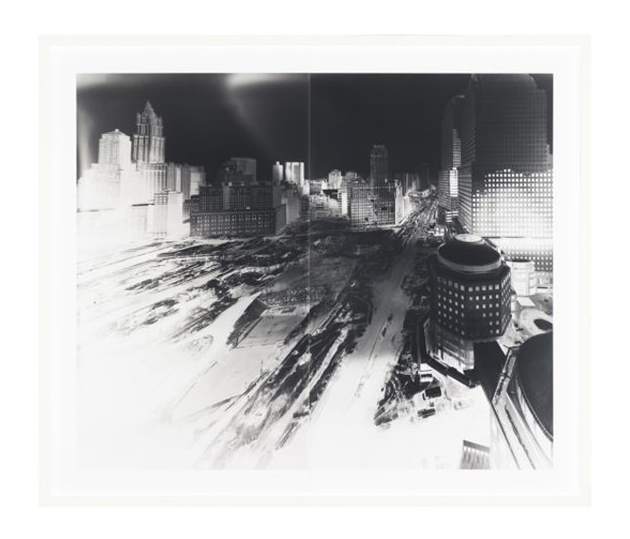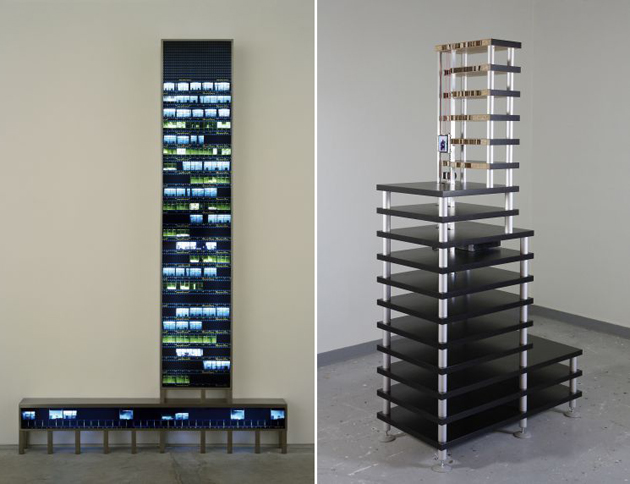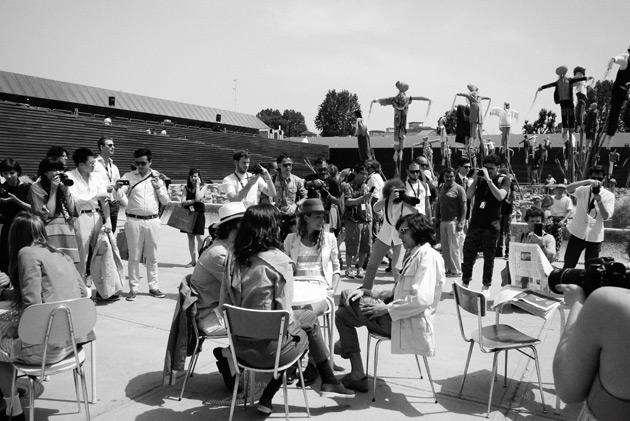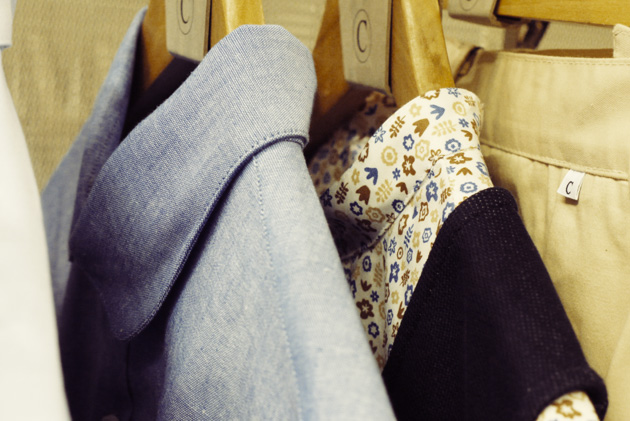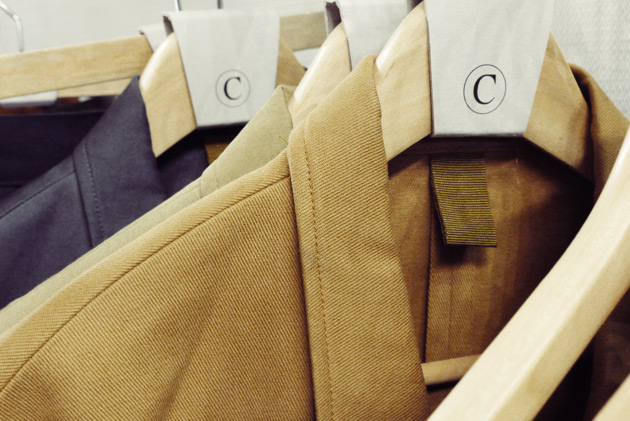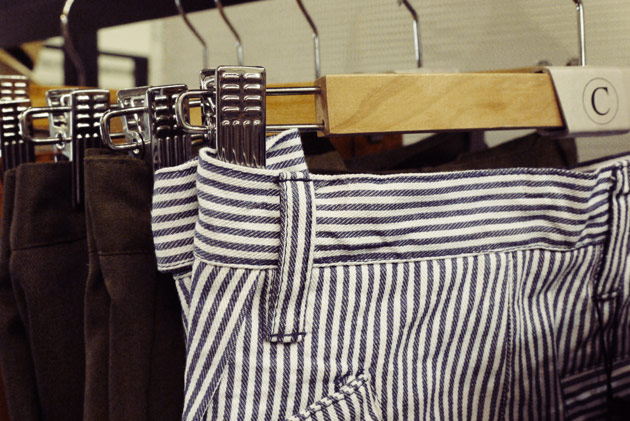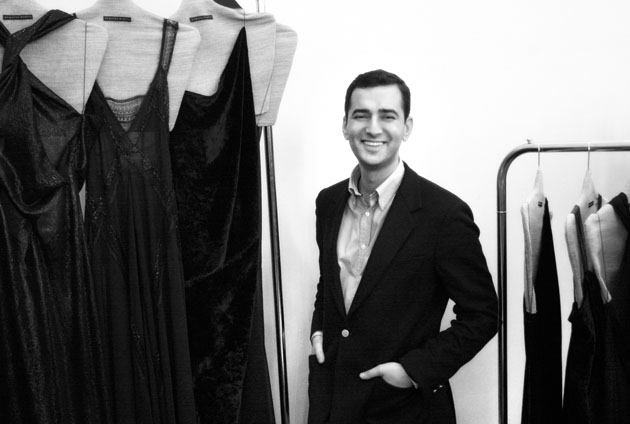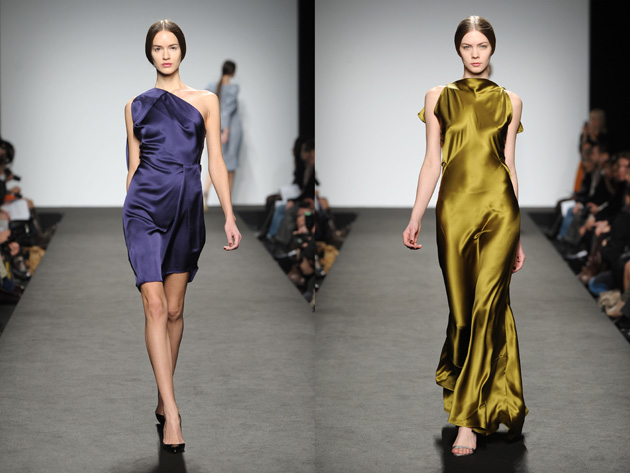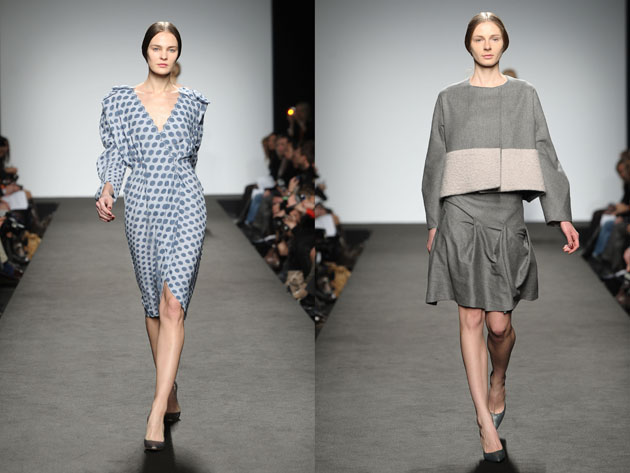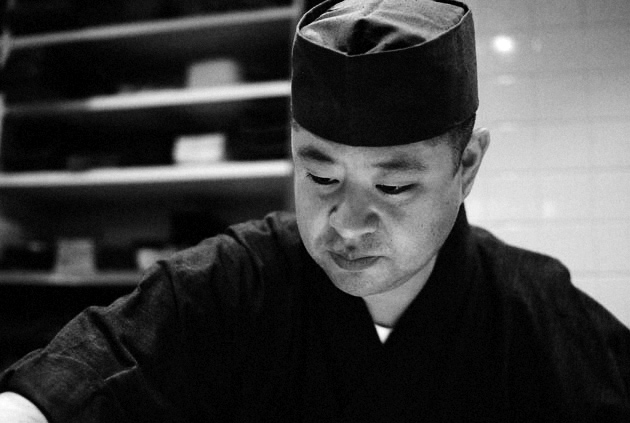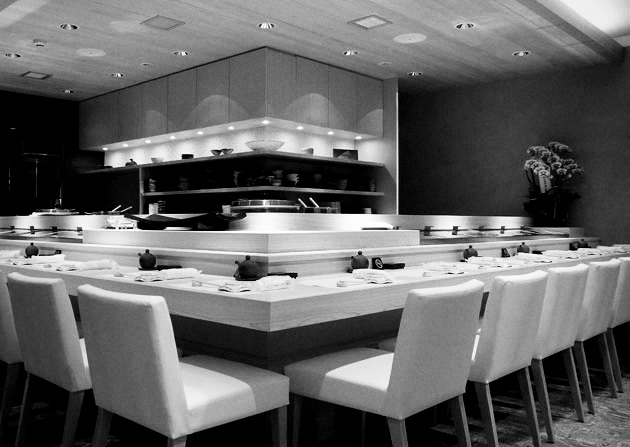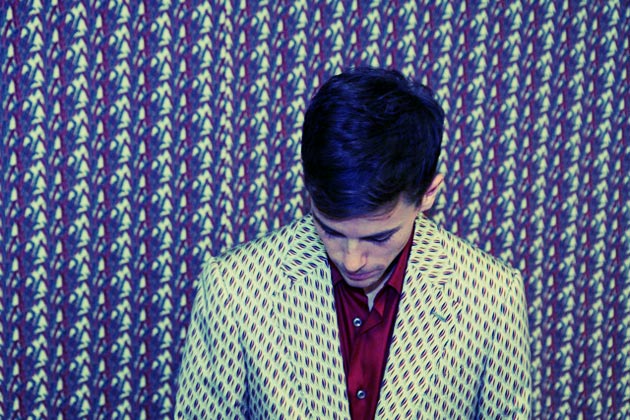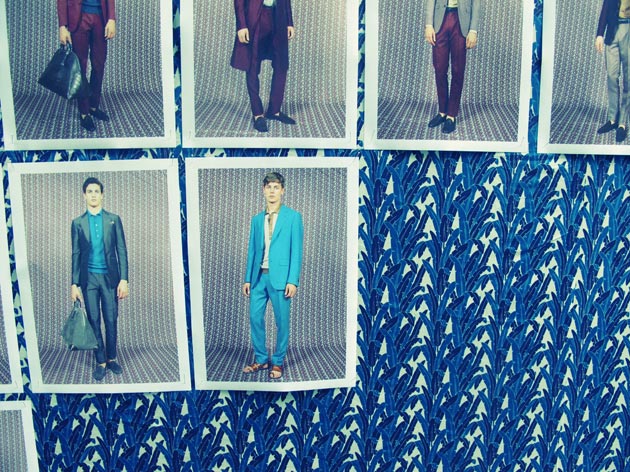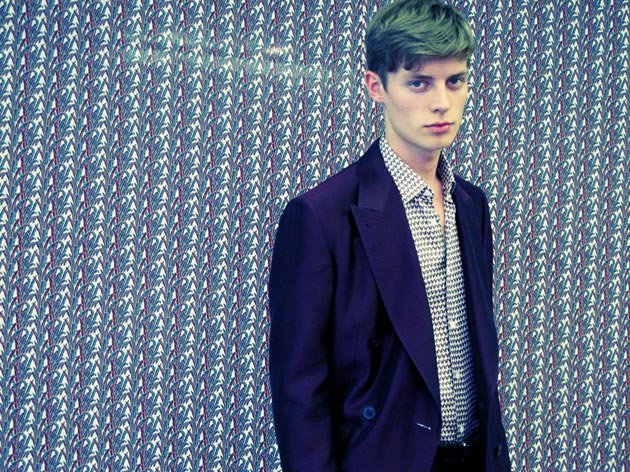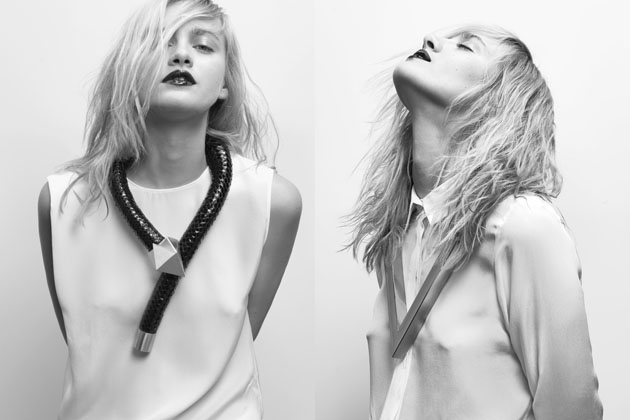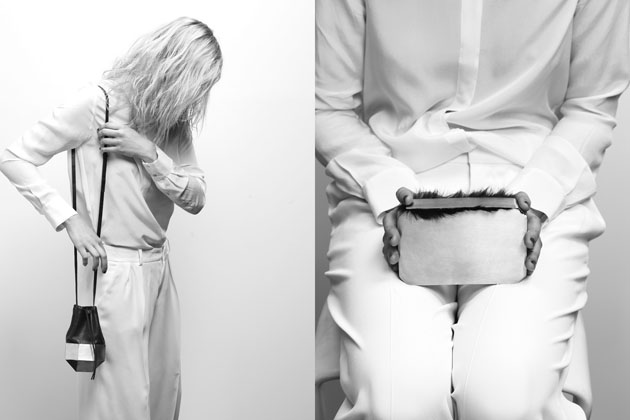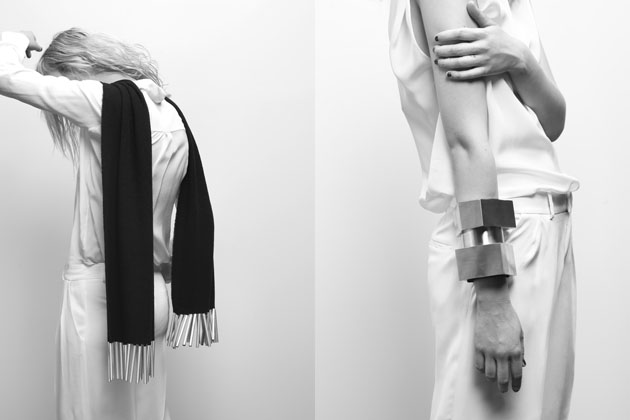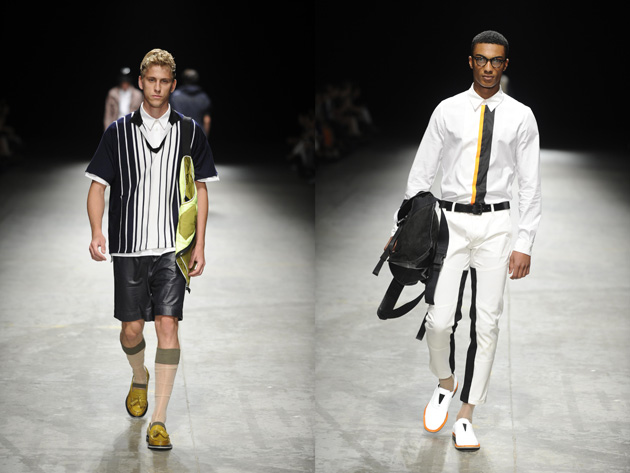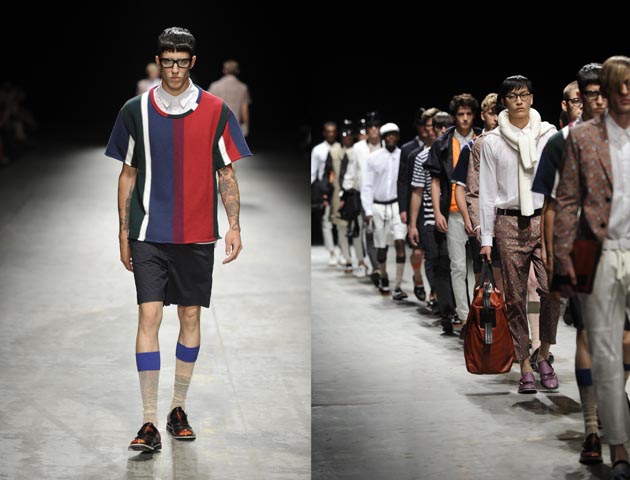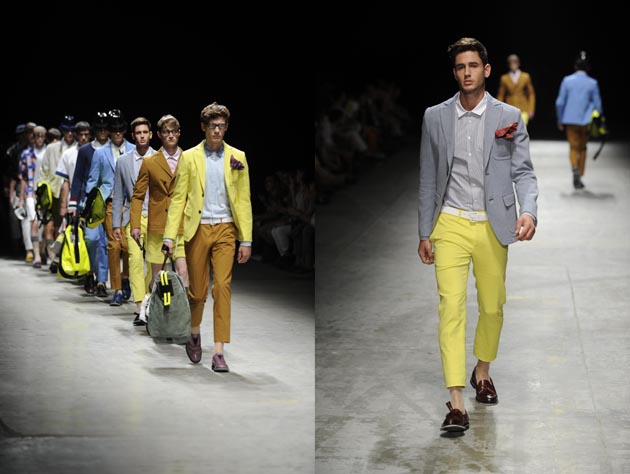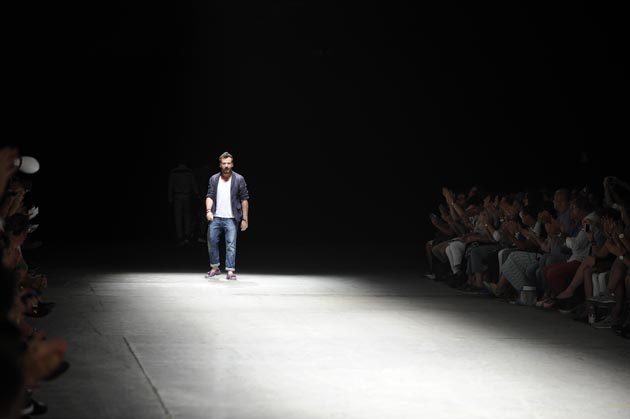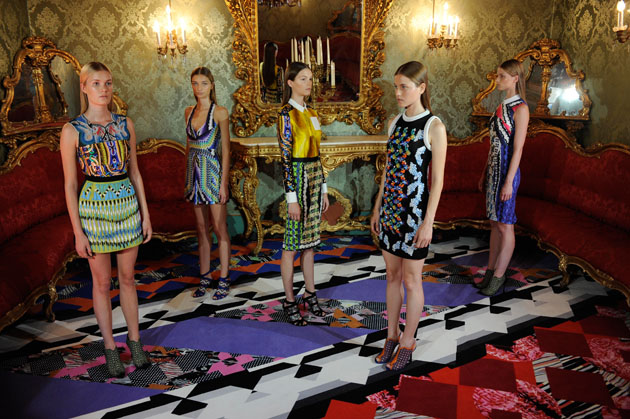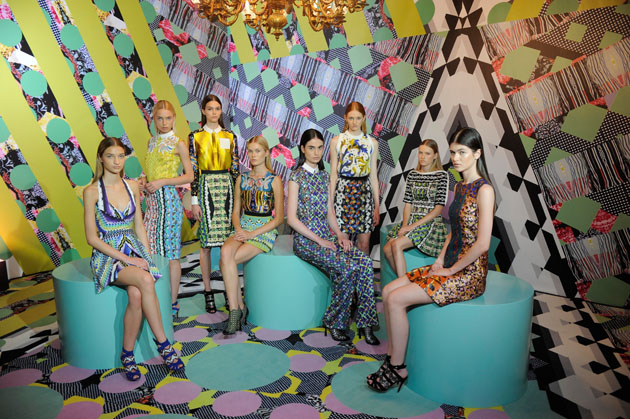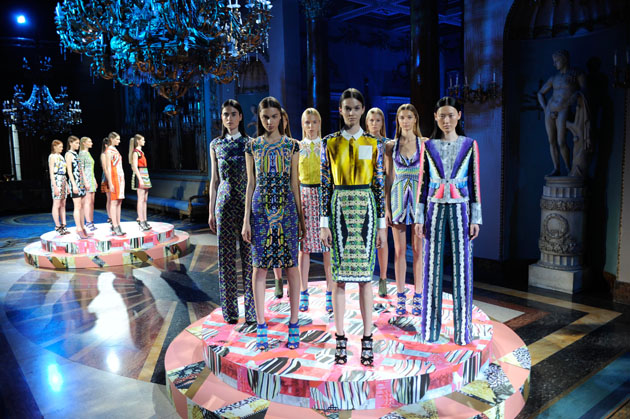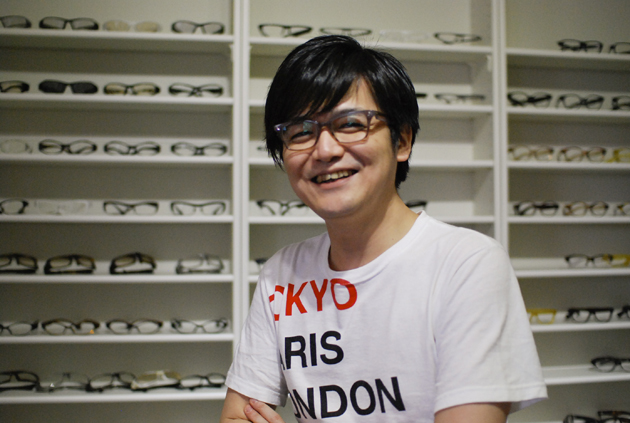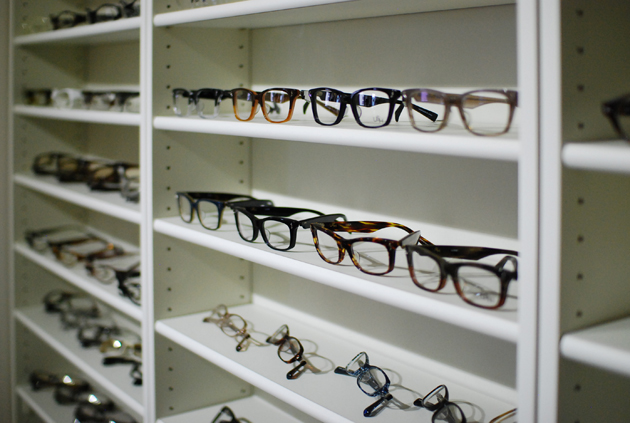The Greek Fashion Crisis – An Introduction
We’ve all read the papers, Greece is a country on the verge of a financial breakdown. Naturally the effects on the national fashion industry have been dire and many designers have been forced to shut down their business. In a short article series on Greek Fashion, we will investigate the recession’s effect on fashion through interviews with industry insiders.
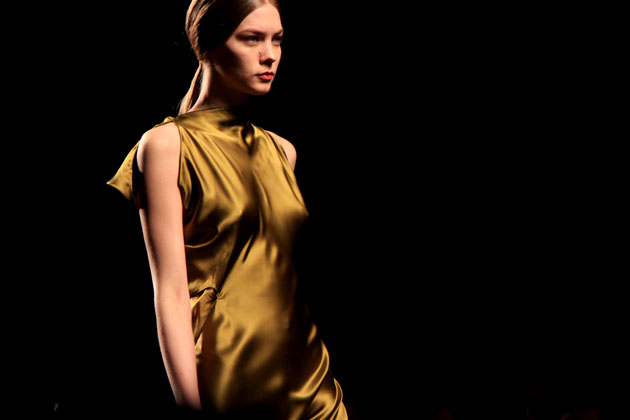
Greece was one of the countries that experienced a hard time recuperating from the international financial crisis a few years back. In early 2010 the Greek government was exposed for having had one too many fingers in the budgetary cookie jar. Soon after, Greece and its fashion industry were depending on loans, credits and the goodwill of the struggling couturiers for survival.
Greece as a fashion nation has within the last decade produced a handful of designers who have been influential on an international scale. Among them, Sofia Kokosalaki who designed ceremonial costumes for The Summer Olympic Games in 2004, Angelos Bratis who became Vogue Italia’s “Who Is On Next”-talent in 2011, and an accessory brand Persephoni who have been recognized by magazines such as Vogue.
Tonia Fouseki, head of the organizing committee of AXDW – Athens Xclusive Design Week, believes that the Greek designers need Governmental support in order to overcome, but insists that there is enough talent within the nation to constitute a competitive force on the international fashion scene.
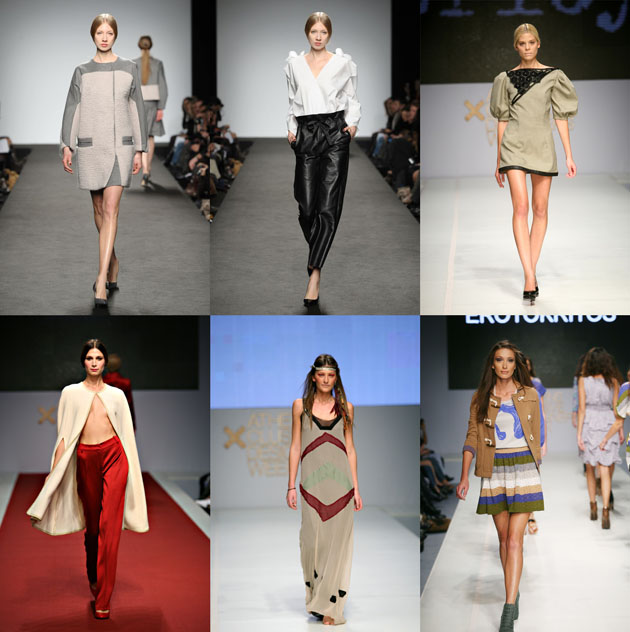
So Tonia, how would you describe Greek fashion? In what ways does the Greek fashion aesthetics differ from let’s say French and Italian Fashion?
Greek fashion is represented by dynamic and creative designers and has already exported great talents abroad that have managed to stand equal to international fashion houses. Some of the characteristics that make Greek Fashion aesthetics different are the rich color palette, the ethereal textiles and lines and the patterns inspired from ancient Greece.
The fashion industry worldwide has exploded during these last ten years, how has the Greek fashion industry progressed?
Greek Fashion industry has been progressing along with international fashion industry, but has not developed that much due to the small size of the local market and the financial difficulties. Another problem that Greek designers face is the lack of governmental mechanisms that can contribute to the transition from a small atelier to a massive production label and to the export of their work abroad.
Does the Greece fashion community mainly consist of traditional fashion houses, or are newcomers given a chance to show their capability?
At this point, many traditional fashion houses are shrinking in the local fashion community, and on the other hand flexible newcomers with new, modern ideas that offer another point of view to fashion by using innovative materials and forms have gained lots of followers in media, buyers and consumers.
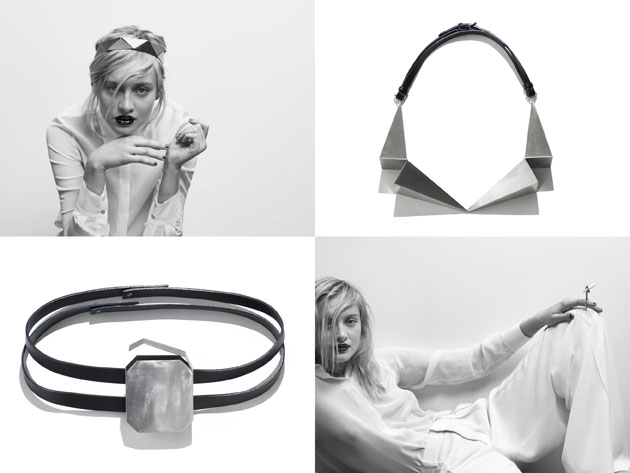
What happened to the Greek fashion industry when the economy started to collapse?
The Greek fashion industry was one of the fields of economy that was damaged the most from the financial crisis. The whole industry faced delays in payments, many shops and boutiques closed down and collections still remain unsold. Designers started to restrict their expenses by moving to smaller venues, by producing smaller collections and by cutting off the most of their promotional activity. Also pricelists have been reconsidered due to the new reality.
In what ways does the fashion industry work in times of financial difficulties?
Cash flow reduced greatly and the whole market works with loans and credits. Many Greek designers are trying to work with stores abroad and collection prices have been reduced in order to be competitive. Consumers are more demanding and asking for value-for-money solutions.
What do you think about the future for Greek Fashion?
Although as a country we are facing a deep financial crisis and recession that has affected fashion industry, I think that if the creativity of our designers will be combined with the support of governmental institutions of the fashion field, Greek fashion industry will develop and follow the standards of the international fashion industry. Our organisation, at the international fashion week in Greece aims to continue to offer to Greek designers a platform through which they can showcase in their country and export and promote their work abroad.
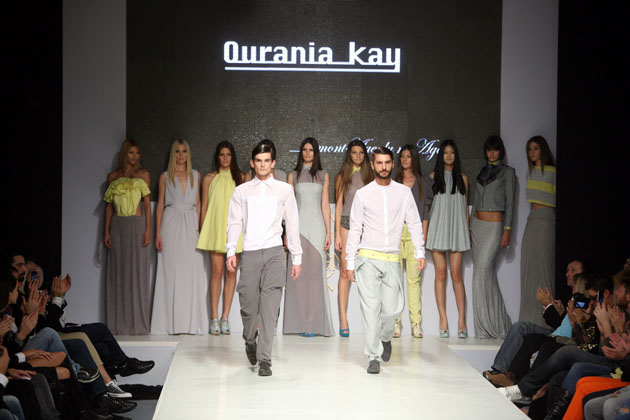
Petsy von Köhler – Photo courtesy of AXDW, The Moodit and Luca Sorrentin
